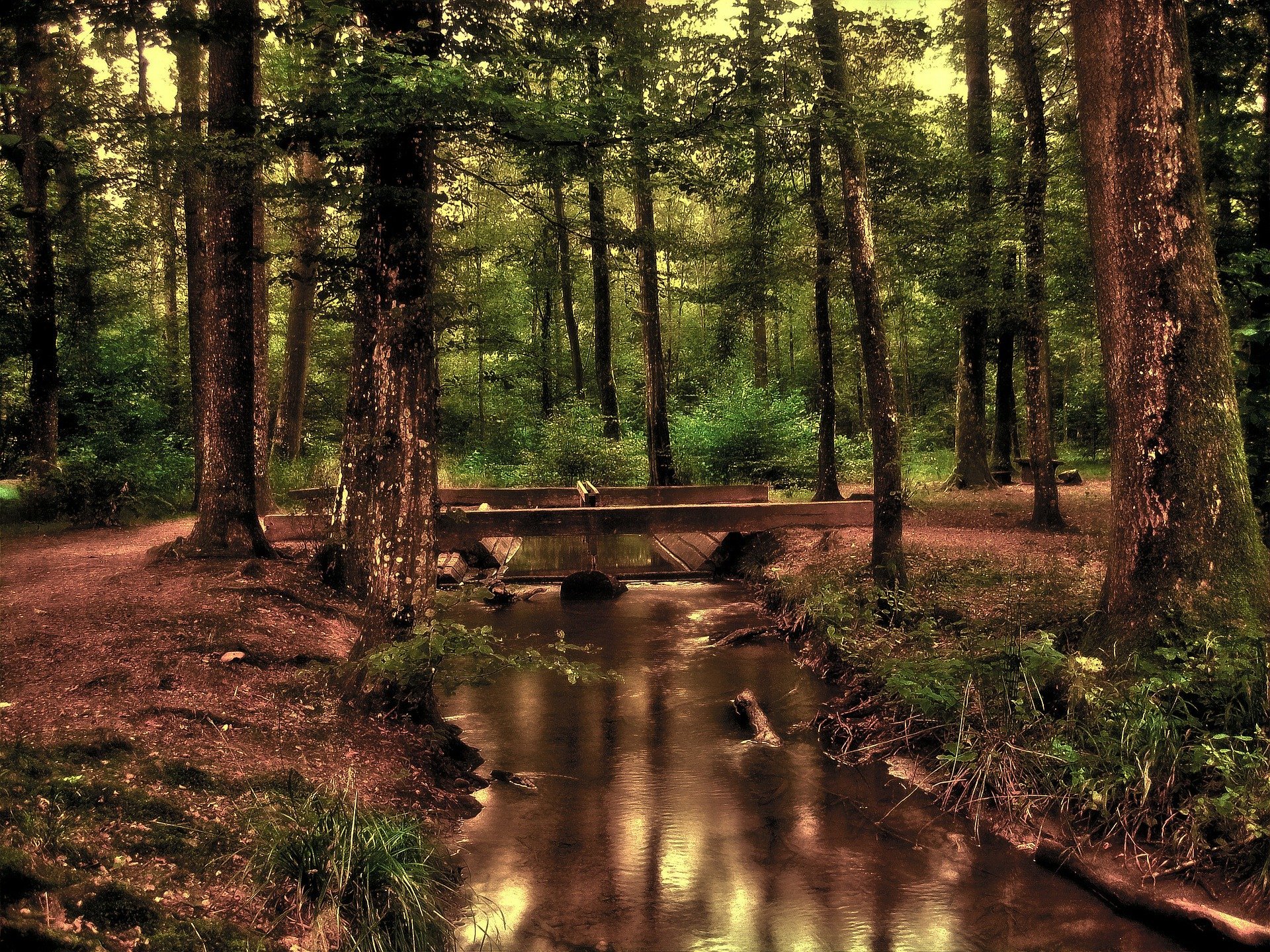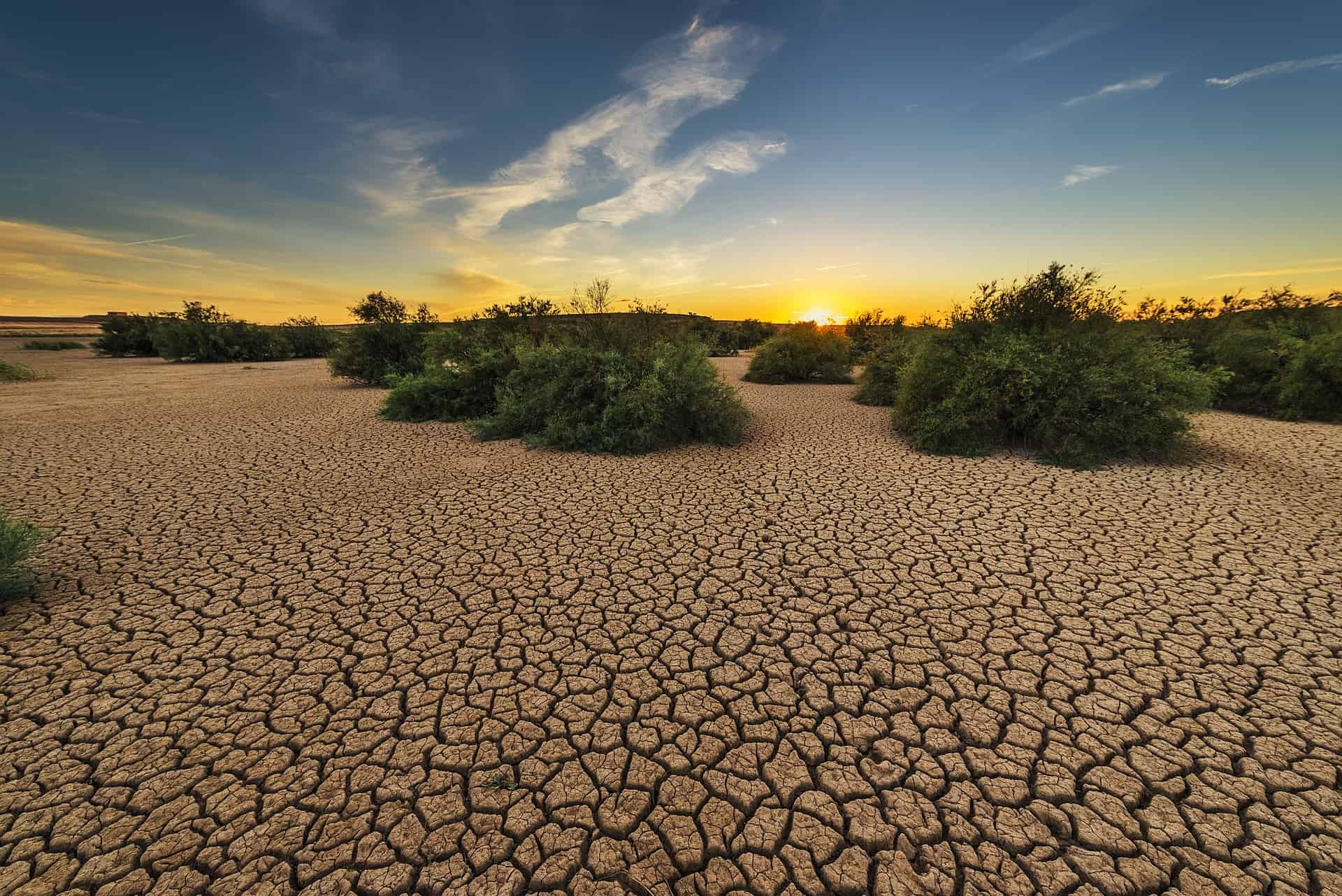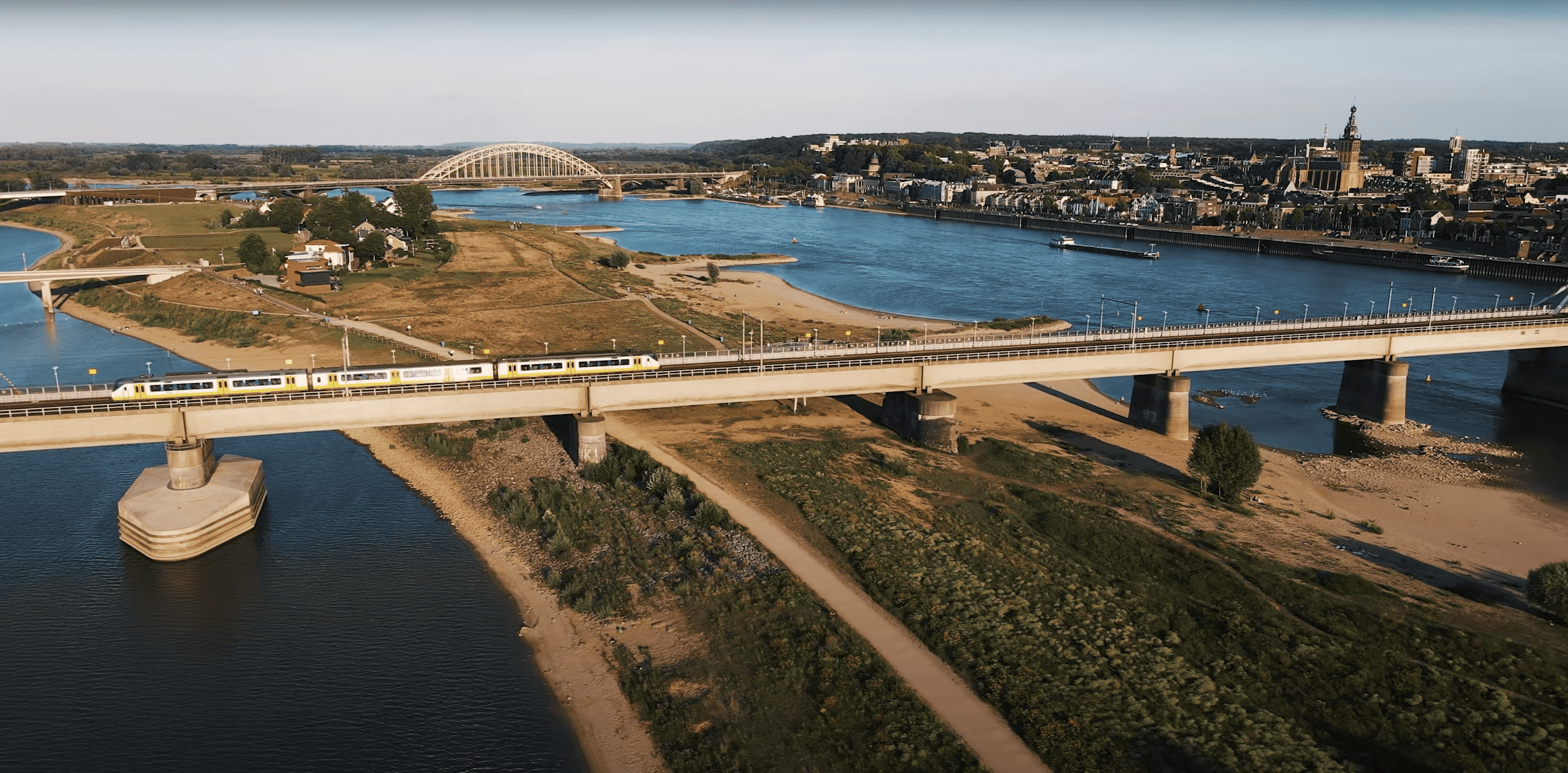
Trees are regarded as the lungs of the earth. That’s because they absorb and store carbon dioxide greenhouse gases as they grow. And that’s also why climate conservationists around the globe are calling for reforestation and replanting to replace lost areas of cleared forests. A new study carried out at the British University of Cambridge shows that these planting projects can be problematic. Forests planted close to river beds have led to a significant decline in river water levels. Those levels have not recovered over time. Rivers can even completely disappear within a decade.
“Reforestation is an important aspect of the fight against climate change. But we need to be very careful about choosing the best places to do it,” says Laura Bentley. She’s a botanist at Cambridge University’s Conservation Research Institute and lead author of the study. “In some places, changes in water resources will totally change the cost effectiveness of local tree planting programs. For some time it’s been known that large-scale planting of trees reduces the amount of water that flows into nearby rivers. The impact that this has on forests as they grow older was previously unknown.”
Bentley and her colleagues examined 43 sites around the world for their study. These were where new forests have been planted. They looked at how these plantings have impacted river water levels. They found that water levels decreased by an average of 25% within five years after trees were planted. On average, this fell to 40% after 25 years. Bodies of water had completely dried up in a number of cases. The largest percentage of drops in water levels occurred in regions in Australia and South Africa.

Rivers fail to recover even after many years
Even when other changes in the basin area and the consequences of global warming are taken into account, for many years rivers fail to recover after forests are planted, says the professor who led the study, David Coomes, director of the University of Cambridge’s Research Institute for Nature Conservation.
In their study published in Global Change Biology, the researchers also found that the type of soil in which trees are planted also plays a role. This has an influence on how serious the impact is on surrounding water resources. Trees planted in native grasslands where the soil is healthy lead to a considerable reduction in the volume of water in rivers. The situation is very different when it comes to land that was previously exploited by agriculture. In such cases, planting forests helps restore the soil so that it can absorb more water. Nearby river water levels drop more slowly as a result.
Moreover, the impact of trees on the river is less pronounced during drier years than during wetter ones. When the trees suffer from drought, they close pores in their foliage in order to save water, which in turn means that they absorb less water from soil. In wet weather, the trees take in more water from soil and capture rainwater in their leaves as well.
“Climate change is affecting water resources around the world,” Bentley explains. “By studying how reforestation impacts water resources, we are able to work on minimizing any local consequences on people and the environment,” adds Bentley.
This research was funded by the International Union for the Conservation of Nature and the Natural Environment Research Council.
More IO articles on forests can be found here.







